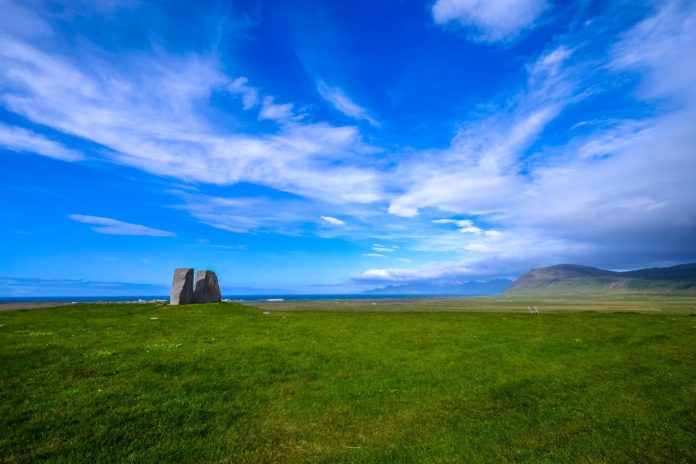
Getting Started
Baking in Blender allows you to transfer different aspects of your rendered scene/model to a 2D planar projection, or UV map. This is primarily used for creating Normal Maps but can also be a very helpful aide in texturing, render time optimization, etc.
Before we dive into the specifics, let me give you a quick crash course in baking.

In order to bake out the necessary maps, the three requirements are that you have at least one mesh, that the UVs of that mesh have been unwrapped and that you have applied an image to the UVs of that mesh. Beyond this, it all depends on what you are doing. To bake out an object:
- Select all vertices of the default cube (or any object of your choice) in Edit Mode, press U > Unwrap (smart projections) > OK
- Switch your viewport to the UV/Image Editor, select all UVs with A, add a new image by going to Image > New > OK
- Under the Render properties, in the Bake panel click Bake.
- If all is correct, you should now see the results of the Full Render bake in the UV/Image Editor.
You should see something like this:

With the default Blender settings, you will get this result. As you can see Blender is baking out all of the lighting details of our default cube and saving it to the UV mapped image.
These few steps are all it takes for most baking purposes.
This is the basics of baking. Of course we did not yet bother to adjust anything or to select the method of baking needed, and so the results are quite useless. However, if you were to adjust the lighting to fit a specific purpose, as demonstrated further in this tutorial, you would see very different results. Let us now examine each of the different kinds of bakes and how to use them.
Full Render
Baking the Full Render enables you to bake out everything you see at render time, this includes lighting, materials, textures, and ambient occlusion. When used correctly this can be very helpful for transferring procedural materials to a 2D color map or for baking in the lighting details of textures to be used in ultra lowpoly games that do not offer dynamic lighting.
Here is an example of procedural materials that have been baked out to our cube using the default lighting setup:

Here is the same cube and same material with a basic 3-point lighting setup:

Ambient Occlusion
This baking method is very useful as an aide in the texturing process. When texturing, particularly for lowpoly models, creating realistic shading from light can be quite difficult. Using Ambient Occlusion baking can ease this process by giving you a plane, shaded map of your object in 2D. This is best demonstrated with an image as seen below:
Here is our same cube and same material with ambient occlusion:

As you can see it is plain grey, this is due to our cube having no variation in the surface and thus nothing to affect the lightness and shadows.
Here is a modified cube with surface variation:


Due to the modified surface I have also re-unwrapped the UVs using Smart Projections.
